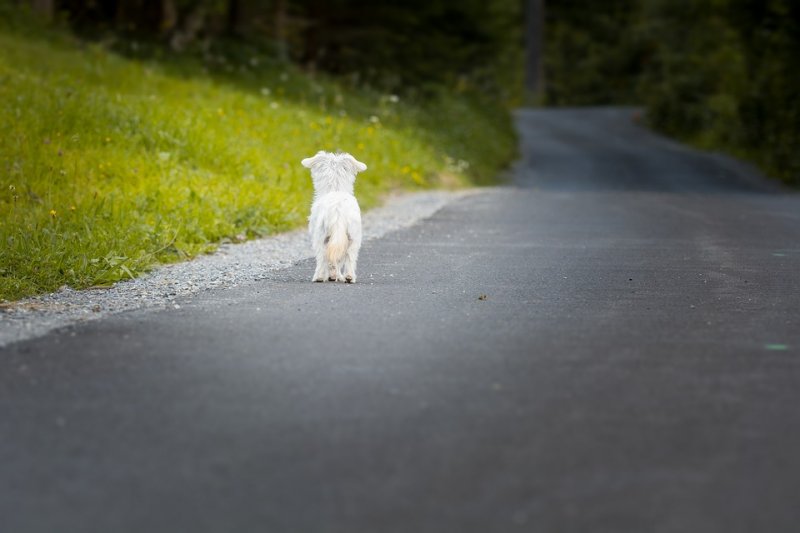Separation Anxiety in Dogs – What You Need to Know
Separation anxiety is a very real problem for man’s best buddy. Millions of dogs are left alone for hours at a time while their owners work or socialize. The problem with leaving a dog home alone is that they often become anxious, stressed, and develop destructive behaviors to compensate. Do you have to listen to neighborhood dogs bark and howl all day long? Chances are these animals have been left home alone. Whereas you might watch TV or surf the internet, barking, howling, and chewing are a dog’s way of coping during long periods of enforced isolation.

Don’t Leave Your Dog Home Alone All Day
Leaving a dog home alone for many hours is bad for their health. Some dogs are more sensitive than others and cannot cope with enforced isolation. They pine for their owner and develop serious mental and physical problems. Yet people think it’s OK to take a dog into their family and then leave him while they go to work all day. It really isn’t.
Symptoms of Separation Anxiety
The best way to prevent separation anxiety is not to leave your dog alone for more than 2-3 hours at a time. Anything longer than that is likely to cause considerable stress to your dog. He will probably chew, bark, scratch the furniture, and possibly even urinate or defecate. In serious cases, a dog with extreme separation anxiety will cause massive destruction in his efforts to escape and find his owner. You can prevent unwanted behavioral problems and extreme distress by getting your dog used to being left alone for short periods from a young age. He might not enjoy being left at home on his own, but he will tolerate it better.
Puppy Training
Get your puppy used to being left for short periods from an early age. When he’s small, crate him with some chew toys and a comfortable blanket while you go shopping. To begin with, keep these periods short, but once you think he’s comfortable being left and he can hold his bladder, slowly leave him a bit longer. Older dogs should be OK for 2-3 hours, but it is a good idea to take them for a long walk first and make sure they have toys to play with while you go out. Give him treats inside a toy so he must work to release his treats. Challenging toys can keep a dog entertained for ages.
Before you conclude that separation anxiety is the root cause of your dog’s behavioral problems, it is a good idea to rule out other problems. Puppies routinely chew, so don’t assume your dog is chewing everything because he’s anxious – he might just be teething. Try giving him some elk antlers for dogs to see if that helps. If he is urinating in the house, despite being toilet trained, watch to see if he does this in your presence. If he does, he might have an underlying physical ailment, such as a UTI or kidney disease.
If your dog’s separation anxiety is extreme, consult an animal behaviorist for advice. He will need special treatment to cure his fear and anxiety.


